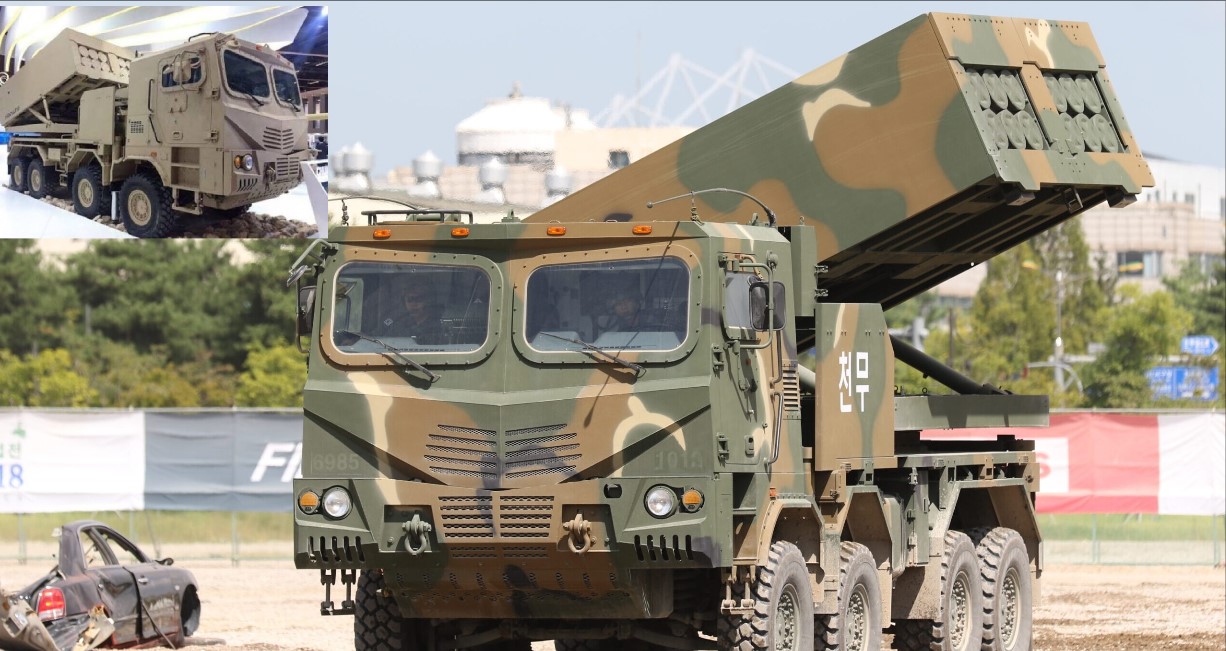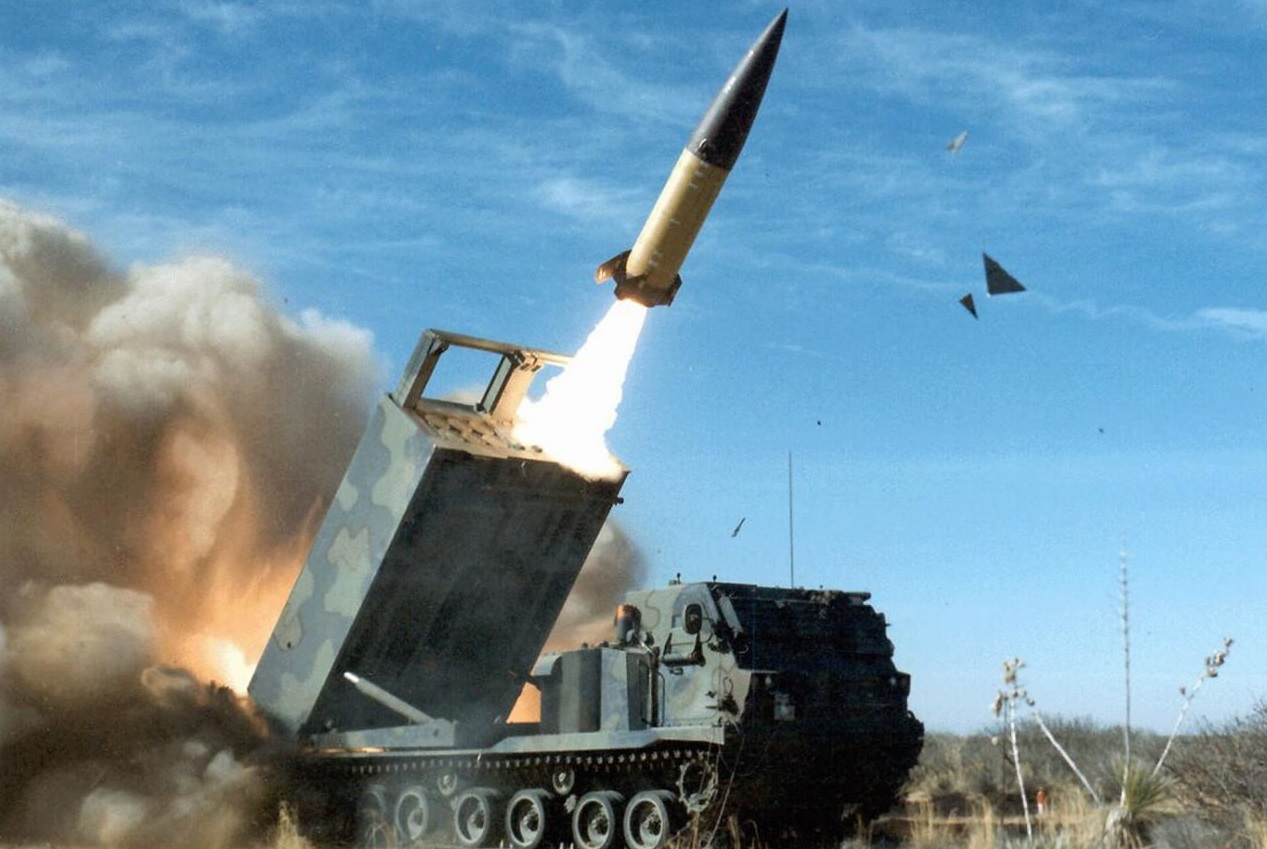South Korea’s K239 Chunmoo Rocket Artillery Spotted in Saudi Arabia

The K239 Chunmoo, South Korea's highly versatile rocket artillery system, has made headlines again, this time in Saudi Arabia. Defense expert Mason shared images of the system on their X platform, marking a significant moment in the growing presence of South Korean military technology in the Middle East. This sighting underscores the Chunmoo’s rising influence in a region increasingly focused on modernizing its defense capabilities.
The K239 Chunmoo isn’t just any multi-launch rocket system (MLRS); it’s a modular powerhouse capable of deploying an array of precision-guided munitions. The variant seen in Saudi Arabia is equipped with a tactical ballistic missile pod featuring the CTM-290 missiles, which boast a formidable range of up to 290 kilometers. These advanced ballistic missile pods have previously been spotted in the United Arab Emirates (UAE) and were showcased during a Polish presidential visit to South Korea, further highlighting the system’s appeal to diverse global customers.
A Rising Star in the Defense Market
Saudi Arabia and the UAE have reportedly acquired multiple K239 systems, signaling a broader trend of Middle Eastern nations investing heavily in cutting-edge defense technology. This surge in demand reflects regional security priorities and a recognition of the Chunmoo’s adaptability and firepower.
The K239 is compatible with a wide range of munitions, including 130mm, 227mm, and 239mm rockets, in addition to the CTM-290 tactical missiles. This flexibility allows the system to engage targets at varying ranges, making it suitable for diverse combat scenarios. Its firepower is complemented by advanced fire-control systems, GPS-guided targeting, and rapid reloading capabilities.
With over 300 units already operational in South Korea, the K239 has also been exported to nations like Poland and the UAE, solidifying its status as a major competitor to the U.S.-made HIMARS. While HIMARS dominates the global market for advanced rocket artillery systems, the K239’s cost-effectiveness and modular design give it a competitive edge, particularly in regions looking to diversify their defense imports.
Strategic Implications in the Middle East
The arrival of the K239 in Saudi Arabia signifies more than just a weapons sale; it marks a strategic alignment between the Kingdom and South Korea. As Riyadh seeks to bolster its military self-reliance, systems like the Chunmoo offer an ideal mix of advanced technology and operational flexibility.
The deployment also highlights the growing influence of South Korea’s defense industry on the global stage. Recent years have seen Seoul aggressively push its defense exports, with significant deals across Europe, the Middle East, and Asia. Analysts estimate that the total global exports of the K239 system could reach 500–600 units in the coming years, reflecting its growing popularity among nations seeking high-performance artillery solutions.
A Challenging Rivalry with HIMARS
Despite its growing footprint, the K239 Chunmoo faces stiff competition from the HIMARS, which has long been considered the gold standard in rocket artillery systems. HIMARS offers unparalleled precision and a proven track record, but the Chunmoo counters with a more customizable platform capable of accommodating diverse munitions and configurations. This flexibility makes it particularly attractive to nations seeking tailored solutions for complex security challenges.
In the Middle East, where geopolitical tensions often necessitate robust defense postures, the K239’s arrival underscores a broader regional trend toward acquiring next-generation military hardware. Its deployment in Saudi Arabia not only enhances the Kingdom’s military capabilities but also positions South Korea as a formidable player in the global defense market.
As Saudi Arabia and the UAE continue to expand their arsenals with state-of-the-art systems like the Chunmoo, the balance of power in the region could see a subtle but significant shift, underpinned by the growing influence of South Korean technology.

